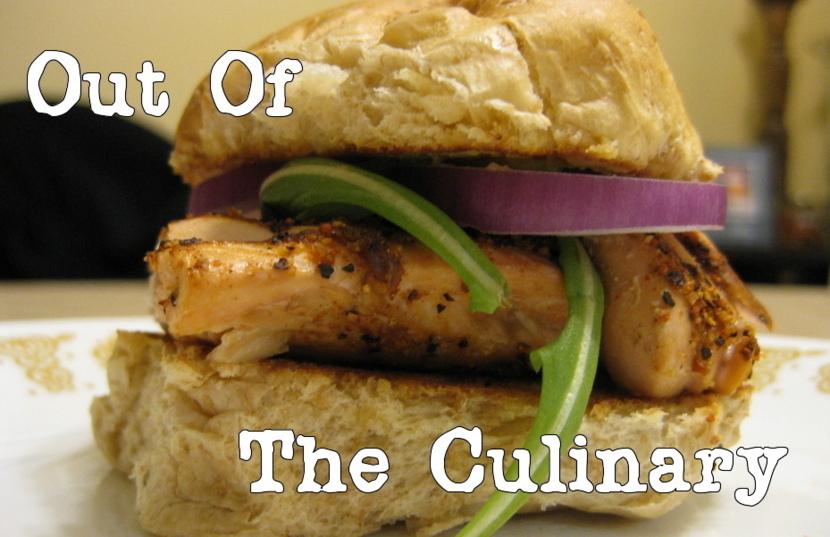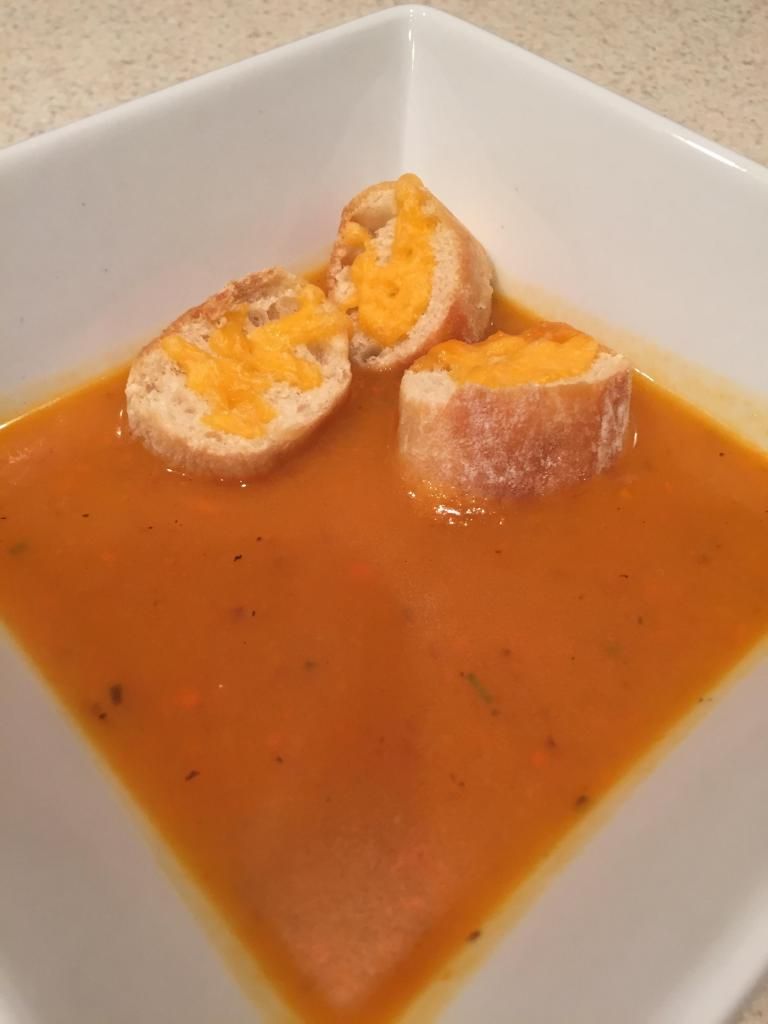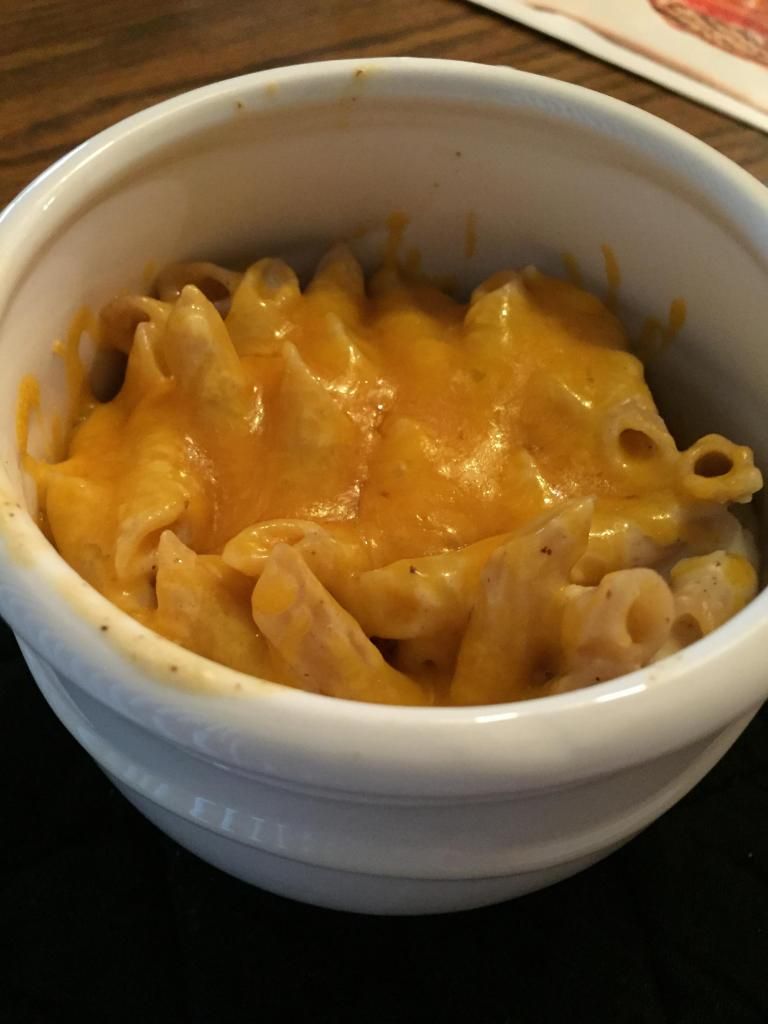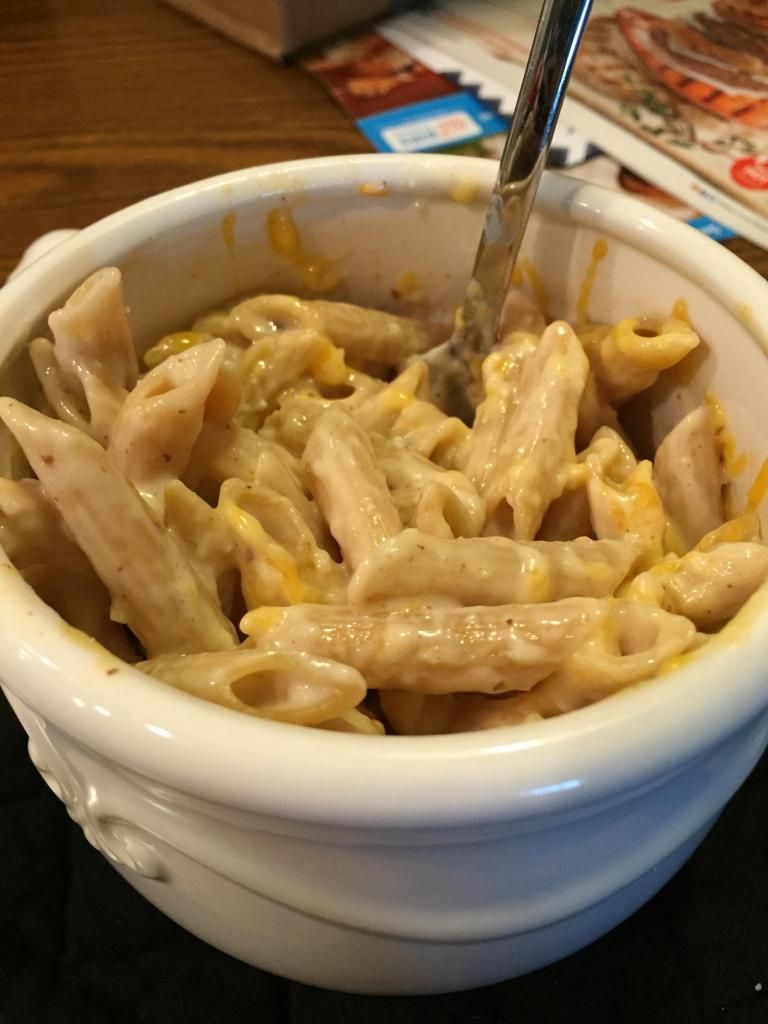The Recipe: Two-Cheese Penne with Chicken and Spinach
Original Recipe Found In: Cooking Light, December 2015 Issue
What You'll Need:
8 Ounces uncooked, quick-cooking Penne
12 Ounces Boneless, Skinless Chicken Cutlets
1 Tablespoon Extra-Virgin Olive Oil
7 Ounces fresh Spinach
1/4 Teaspoon crushed Red Pepper Flakes
2 Garlic Cloves, minced
1 Tablespoon Lemon Juice
2 Ounces fresh Pecorino Romano Cheese, shredded (about 1/2 Cup)
2 Ounces 1/3-Less-Fat Cream Cheese (about 1/4 cup)
To start, bring a large saucepan of water to a boil and cook pasta according to cooking directions. Once cooked, drain in a colander over a bowl, reserving 1/4 cup of pasta cooking water.
Next, heat a large skillet over medium-high heat and coat the pan with cooking spray. Place the chicken on a clean plate and sprinkle both sides of the chicken with salt and pepper. Once the skillet is heated, add the chicken. Cook for three minutes on each side, or until the chicken is just done. Remove the chicken from the skillet and thinly slice against the grain.
Return the skillet to the stovetop and reheat again the medium heat. Add the oil and swirl to coat. Add the spinach, red pepper flakes, and garlic. Cook for three minutes, or until the spinach begins to wilt. Add the cooked pasta, reserved pasta water, chicken pieces, lemon juice, and cheeses to the skillet. Toss to coat and cook until the cheese begins to melt, between one to three minutes. Serve and enjoy!
The End Result:
The cheeses used are very light on the tastebuds, but does add some substantial flavor. While a thicker sauce or even oil could be used, it's best to use the cheese mixture and it won't disappoint. The chicken adds a mean portion of protein and the spinach also amps up the vitamin quota. But the true, shining point of this recipe is that it takes no time flat to create, which is great when there's not a lot of time to slave over a stovetop.
Thanks for joining us tonight! Keep checking back for more delicious dishes that will surely inspire the cook in you. Until then,
~Cheers!







